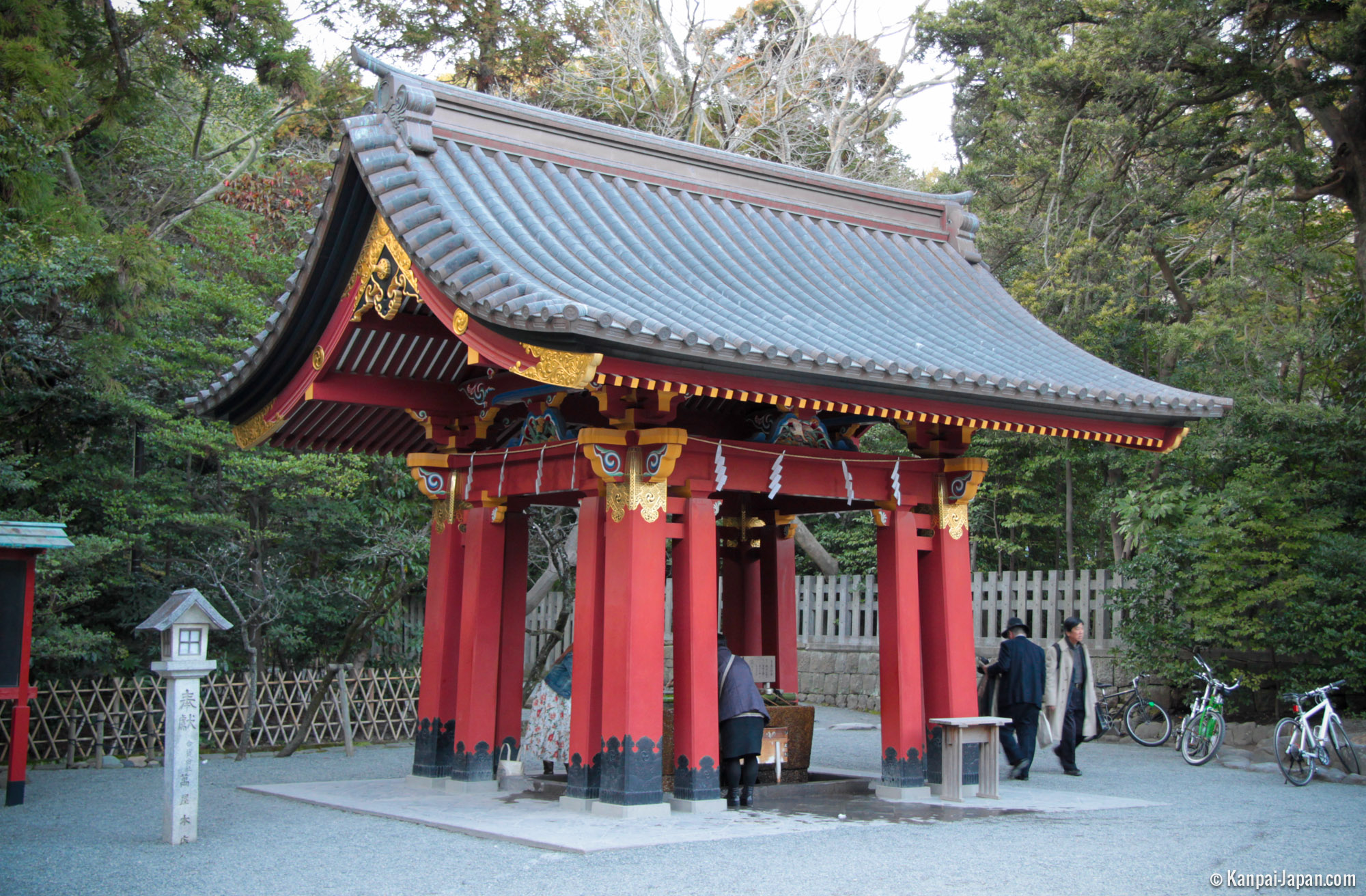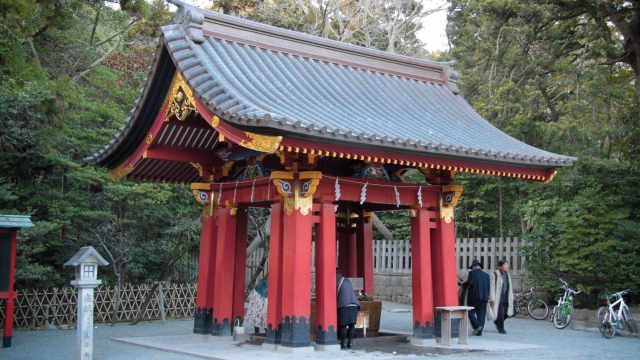
Japan is a land steeped in tradition and mystique, where ancient practices weave seamlessly into the fabric of daily life. Among the most enchanting aspects of this cultural tapestry are the Shinto shrines that dot the landscape, each a testament to the country’s spiritual heritage. Clad in vibrant torii gates and surrounded by tranquil gardens, these shrines invite visitors to pause and reflect, offering a glimpse into the beliefs and rituals that have shaped Japanese society for centuries.
The allure of Shinto shrines in Japan lies not only in their stunning architecture and natural settings but also in the deep-rooted significance they hold. These sacred spaces are dedicated to kami, the spirits that represent elements of the natural world, ancestral figures, and even human emotions. As you wander through the serene pathways, you can almost hear the whispers of the ancients, echoing the harmonious relationship between nature and spirituality that is so integral to Shinto beliefs. Join us as we explore the captivating world of Shinto shrines, uncovering the stories and traditions that bring them to life.
The History of Shinto Shrines
Shinto shrines in Japan have a rich and intricate history that traces back to the country’s earliest days. As the indigenous belief system, Shinto developed alongside Japan’s culture and traditions, evolving into a spiritual backbone that embodies the harmony between nature and humanity. Initially, the worship of kami, which are spirits or gods found in natural elements, took place in sacred spaces marked by trees, stones, or mountains. These informal sites eventually transformed into more organized structures, establishing the foundation for what we recognize today as Shinto shrines.
During the Asuka period, from the sixth to seventh centuries, Shinto began to formalize its practices. The influence of Buddhism played a significant role during this time, leading to a fusion of rituals and architectural styles. Many current Shinto shrines were constructed in this era, featuring distinctive features such as torii gates that signify the entrance to sacred space. The emergence of shrine worship as an organized practice also helped solidify community bonds, as these places became centers of social and cultural activities.
In the subsequent centuries, especially during the Heian period, Shinto shrines flourished, developing unique architectural styles and diverse practices. The shrines became integral to the Japanese way of life, influencing art, literature, and festivals, with many still celebrated today. As Japan moved into the modern era, the role of Shinto shrines transformed yet again, reflecting changing societal values, but they have remained steadfast as places of worship and cultural heritage.
Architectural Wonders
神社
Shinto shrines in Japan exhibit a remarkable array of architectural styles that reflect the spiritual beliefs and cultural reverence of the people. One of the most distinctive features is the use of natural materials, particularly wood, which symbolizes the connection between the divine and the natural world. The structures often blend seamlessly into their surroundings, surrounded by lush forests or serene gardens, creating a harmonious relationship with nature. Traditional techniques, such as joinery and thatching, showcase the craftsmanship and care that go into building these sacred sites.
The torii gate, an iconic element of Shinto shrines, serves as a visually striking entrance that marks the transition from the mundane to the sacred. Typically painted in bright vermilion, these gates not only grace the landscape but also embody a sense of protection and purity. Each torii varies in design, ranging from the simple to the elaborately adorned, representing different periods in Japanese history and religious practices. As one approaches a shrine through a torii, it’s an invitation to leave the outside world behind and enter a realm of spirituality.
In addition to torii gates, the design of the shrine itself often includes intricately detailed roofs that curve gracefully upwards, signifying a connection to the heavens. The use of sacred objects, such as the shimenawa (a braided rope), and the placement of honden (the main hall) reflects deep philosophical thoughts and spiritual symbolism. Visitors to these shrines are not only captivated by their beauty but also draw a profound sense of tranquility and reverence from the architectural elegance that stands as a testament to Japan’s rich cultural heritage.
Rituals and Traditions
At the heart of Shinto shrines in Japan lie various rituals and traditions that deepen the connection between the divine and the everyday lives of the people. One of the most common practices is the offering of tamagushi, which involves the presentation of a sacred branch to deities. This ritual is often performed during celebrations and festivals, symbolizing purity and the desire for the blessings of the kami, or spirits. Visitors are encouraged to participate in these rituals, fostering a sense of community and shared spirituality.
Another significant tradition observed at Shinto shrines is the practice of purification, known as misogi. This involves cleansing oneself before approaching the shrine to show respect to the kami. Visitors typically wash their hands and mouth at a chozuya, or water basin, as a physical and spiritual cleansing ritual. This practice not only signifies the importance of purity in Shinto beliefs but also serves as a moment of reflection, allowing worshippers to shed their worries before engaging in prayer and offerings.
Seasonal festivals, or matsuri, are vibrant expressions of Japan’s cultural heritage found at many Shinto shrines. These events honor the deities and celebrate the changing seasons, with each shrine hosting its own unique festivities. Traditional dances, music, and processions bring the community together, creating a lively atmosphere filled with devotion and joy. Matsuri not only strengthen the local community but also attract tourists who wish to experience Japan’s rich spiritual traditions firsthand.
Visiting Iconic Shrines
As you embark on your journey through Japan, the iconic Shinto shrines are must-visit destinations that offer a glimpse into the country’s spiritual heritage. One of the most famous is the Fushimi Inari Taisha in Kyoto, renowned for its thousands of vibrant red torii gates that trail up the sacred Mount Inari. Each gate is donated by individuals or businesses seeking blessings and prosperity, creating a stunning tunnel of color that beckons visitors to explore its winding paths and serene forest.
Another remarkable shrine is Meiji Jingu, located in the heart of Tokyo. Dedicated to Emperor Meiji and Empress Shoken, this tranquil oasis showcases the perfect blend of natural beauty and historical significance. Stroll through the lush forested area leading to the main hall, where rituals and traditions are still practiced. This shrine serves as a serene escape from the bustling city, allowing visitors to connect with Japan’s rich cultural past in a peaceful setting.
The Itsukushima Shrine on Miyajima Island is also a highlight, famous for its picturesque floating torii gate that appears to rise from the sea during high tide. This UNESCO World Heritage site is celebrated not only for its unique architecture but also for its breathtaking views of the surrounding landscape. Visiting this shrine, especially during sunset, offers a magical experience that captures the essence of Japan’s reverence for nature and the divine.

